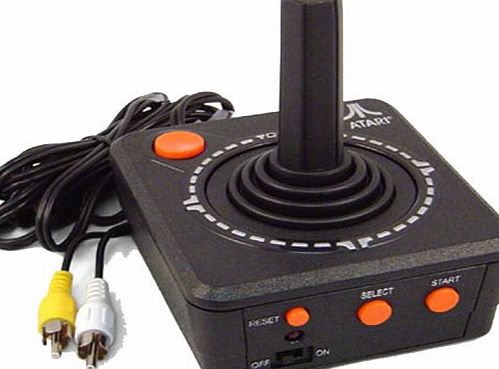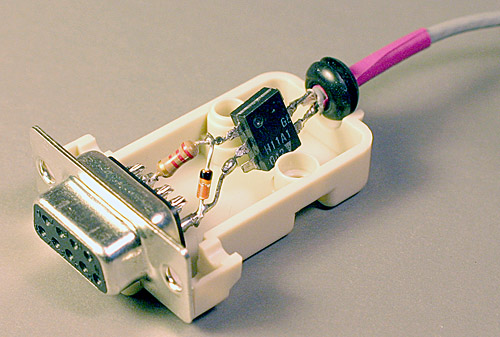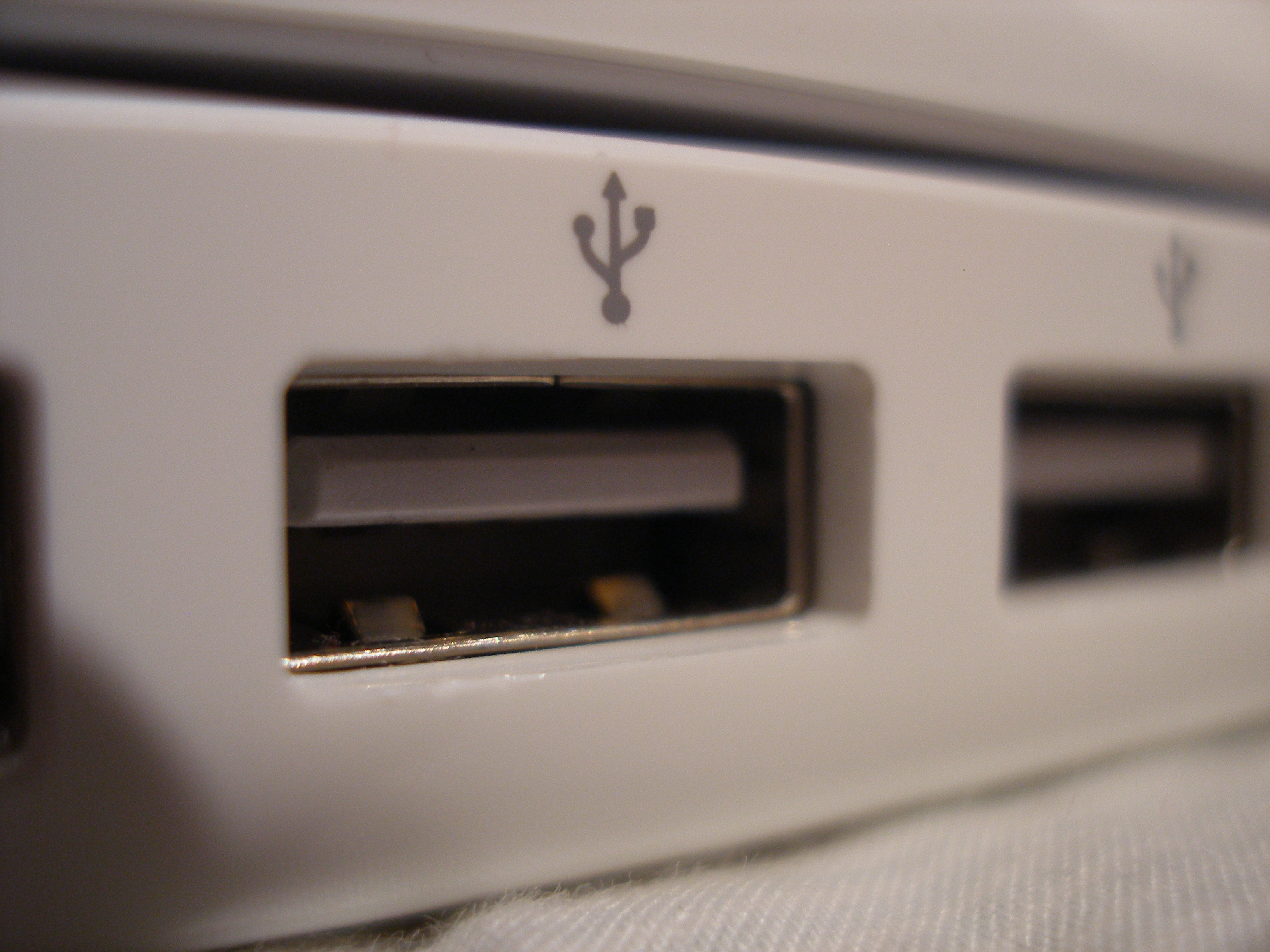RAM
Random-access memory (RAM) is a form of computer data storage. It takes the form of integrated circuits that allow stored data to be accessed in any order with a worst case performance of constant time. In common usage, the term RAM is synonymous with main memory, the memory available to programs. ROM (Read-only memory) refers to special memory used to store programs that boot the computer and perform diagnostics.
CACHE MEMORY
Cache memory is random access memory (RAM) that a computer microprocessor can access more faster than accessing a regular RAM. A memory cache, sometimes called a cache store or RAM cache, is a portion of memory made of high-speed static RAM (SRAM) instead of the slower and cheaper dynamic RAM (DRAM) used for main memory. Memory caching is effective because most programs access the same data or instructions over and over. By keeping as much of this information as possible in SRAM, the computer avoids accessing the slower DRAM.
ROM
Read-only memory (ROM) is a class of storage medium used in computers and other electronic devices. Data stored in ROM can and cannot be modified only slowly or with difficulty. So basically, it is mainly used to distribute firmware. Unlike main memory (RAM), ROM retains its contents even when the computer is turned off. Most personal computers contain small amount of ROM that stores critical programs such as the program that boots the computer. Beside that, ROMs are used extensively in calculators and peripheral devices such as laser printers, where by fonts are often stored in ROMs.
FLASH MEMORY
Flash memory is a solid-state chip that maintains stored data without any external power source. It is usually used in portable electronics and removable storage devices, and also to replace computer hard drives. Flash memory is used as a hard drive to store data on a computer. It has many advantages over a traditional hard drive. In addition, flash memory is nonvolatile and it is solid state. This is because there are no moving parts. It's also silent, much smaller than a traditional hard drive, and highly portable with a much faster access time.
GRAPHIC CARD
A graphics card (also video card) is a piece of hardware installed in a computer that is responsible for rendering the image on the computer’s monitor or display screen. Furthermore, it is an expansion care whose function is to generate output images to a display. Most video cards offer added functions, such as accelerated rendering of 3D scenes and 2D graphics, video capture, TV-tuner adapter, MPEG-2/MPEG-4 decoding, FireWire, light pen, TV output, or the ability to connect multiple monitors (multi-monitor). Other modern high performance video cards are used for more graphically demanding purposes, such as PC games.
SOUND CARD
Sound card is an expansion board that enables a computer to manipulate and output sounds. It is typically used in providing the audio component for multimedia applications such as music composition, editing video or audio, presentation, education and entertainment (games) and video projection. Many computers have sound capabilities built in, while others require additional expansion cards to provide for audio capability.
NETWORK INTERFACE CARD
A network interface card, more commonly referred to as a NIC, is a device that allows computers to be joined together in a LAN, or local area network. Networked computers communicate with each other using a given protocol or agreed-upon language for transmitting data packets between the different machines, known as nodes. The network interface card acts as the liaison for the machine to both send and receive data on the LAN. Most NICs support either wired Ethernet or Wifiwireless standards. Ethernet NICs plug into the system bus of the PC and include jacks for network cables, while WiFi NICs contain built-in transmitters / receivers (transceivers).
PLUG AND PLAY
Plug and play is a term used to describe the characteristic of a computer bus, or device specification, which facilitates the discovery of a hardware component in a system, without the need for physical device configuration, or user intervention in resolving resource conflicts. Moreover, in many earlier computer systems, the user was required to explicitly tell the operating system when a new device had been added. Microsoft made Plug and Play a selling point for its Windows operating systems. A similar capability had long been built into Macintosh computers.
SERIAL PORT
A serial port is a serial communication physical interface through which information transfers in or out one bit at a time. Throughout most of the history of personal computers, data transfer through serial ports connected the computer to devices such as terminals and various peripherals.While such interfaces as Ethernet, FireWire, and USB all send data as a serial stream, the term "serial port" usually identifies hardware more or less compliant to the RS-232 standard, intended to interface with a modem or with a similar communication device.
PARALLEL PORT
A parallel port for connecting an external device such as a printer. Most personal computers have both a parallel port and at least one serial port. In computing, a parallel port is a parallel communication physical interface. It is also known as a printer port or Centronics Port. The IEEE 1284 standard defines the bi-directional version of the port, which allows the transmission and reception of data bits at the same time.
UNIVERSAL SERIAL BUS PORT
Universal Serial Bus, an external bus standard that supports data transfer rates of 12 Mbps. USB can connect computer peripherals such as mice, keyboards, digital cameras, printers, personal media players, flash drives, Network Adapters, and external hard drives. For many of those devices, USB has become the standard connection method.USB was designed for personal computers, but it has become commonplace on other devices such as smartphones, PDAs and video games consoles, and as a power cord.
FIREWIRE PORT
Firewire ports are forms of a serial port that make use of FireWire technology to transfer data rapidly from one electronic device to another. The FireWire port has been in common use since 1995, when Apple, Inc. first began to include the port on a number of digital camcorders. Today, the FireWire port is used on a number of other devices.Firewire interfaces are definitely faster than USB interfaces. In fact, Firewire interfaces can transfer data at a rate of 50 megabytes (MB) of data per second, which is about 33 times faster than the USB 1.1 data transfer rate of 1.5 MB per second. USB 2.0 devices, which are more common, can achieve speeds of 40 MB per second.
ETHERNET PORT
An Ethernet port is an opening on computer network equipment that Ethernet cables plug into. These ports are alternatively called jacks or sockets. Ethernet ports accept cables with RJ-45 connectors. Most computers include one built-in Ethernet port for connecting the device to a wired network. (A notable exception, the MacBook Air, does not but allows connecting an Ethernet dongle to its USB port.) A computer's Ethernet port is connected to its internal Ethernet network adapter.
HIGH DEFINITION MULTIMEDIA INTERFACE
HDMI (High Definition Multimedia Interface) is a compact audio/video interface for transmitting uncompressed digital data. It is a digital alternative to consumer analog standards, such as radio frequency (RF) coaxial cable, composite video,S-Video, SCART, component video, D-Terminal, or VGA. HDMI connects digital audio/video sources (such as set-top boxes,DVDplayers, HD DVD players, Blu-ray Disc player, AVCHD camcorders, personal computers (PCs), video game consoles such as the PlayStation 3 and Xbox 360, and AV receivers) to compatible digital audio devices, computer monitors, video projectors, and digital televisions.














0 comments:
Post a Comment